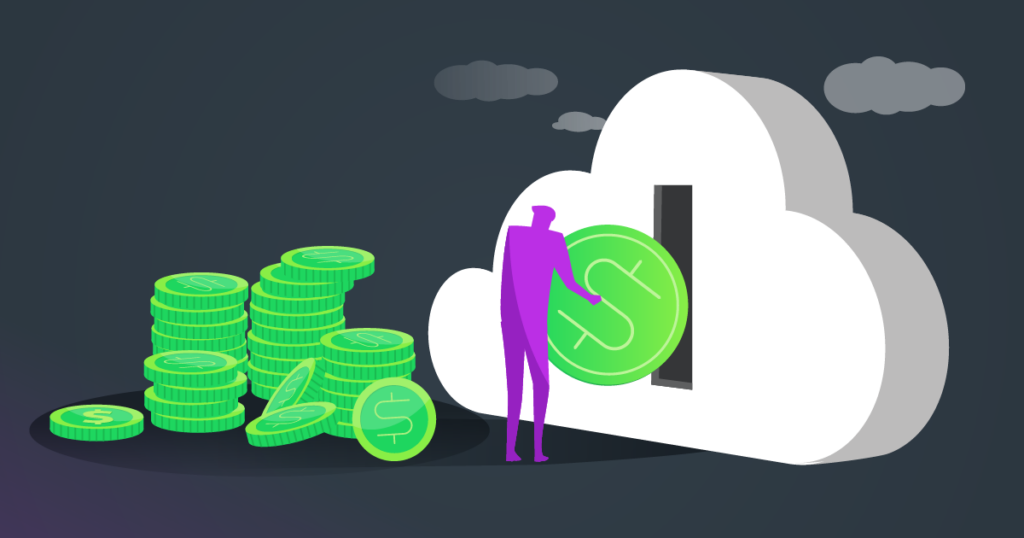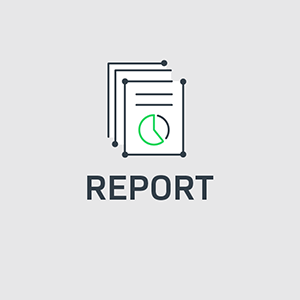Amid rising cloud costs, tech companies are evaluating how to sell software in new ways that drive adoption and boost profitability, which has led to a surge in pay-as-you-go pricing strategies.
According to the Monetization Monitor, usage-based models are expected to rise by 59% before 2026, highlighting a significant trend towards customer-centric approaches that better align price with value.
To meet this growing demand for greater flexibility, Revenera has launched Dynamic Monetization – an API-based service that enables producers to offer pay-as-you-go pricing for a range of use cases.
Paul Bland, Senior Director of Product Management, explains all here:
How to Sell Software on a Flexible Basis
By selling metered tokens (aka prepaid credits), you can lower barriers to adoption – eliminating individual sales cycles for each product as customers take a ‘vending machine’ approach to your portfolio, selecting different apps, features, or services as required and burning credit down accordingly. This process can be repeated until tokens are fully spent and credit needs reloading.
Furthermore, Dynamic Monetization allows exact charging in line with consumption, so if Product X costs 10 tokens per hour but is only used for 27 minutes, 5.5 tokens will be returned to the customer’s balance. (This is where the vending machine analogy falls apart, as trying to return half-eaten candy will only end in sticky fingers and disappointment. But who’s returning half-eaten candy anyway?)
You can see how exact charging works in this 7-minute Elastic Access demo.

As the primary objective of most tech companies is to grow Annual Recurring Revenue (ARR), the idea of pay-as-you-go pricing may seem counterintuitive as it’s less predictable than subscriptions. However, when questioning how to sell software in today’s market, it’s advisable to consider how flexibility can complement – rather than replace – subscription models.
A common issue in procurement is that buyers often don’t know the right level of use rights to purchase, as it’s difficult to forecast utilization. The beauty of Elastic Access, however, is it allows customers to instantly scale capacity – using credit to increase consumption above their subscription terms to cover peak usage bursts.
As such, this pay-per-use element could be seen as supplementary revenue that may have otherwise never materialized, while also giving buyers a chance to test the waters and potentially increase base subscriptions where logical.
Additionally, this approach to pay-as-you-go pricing empowers producers to:
- Be Agile: The adjustable rate tables within Elastic Access allow you to make rapid price and packaging changes without creating a slew of new SKUs, dramatically reducing time-to-market for new configurations – giving you a serious competitive edge.
- Improve Trials: Cross-portfolio access enables customers to easily try items they may not have previously considered, creating qualified opportunities for future sales.
- Boost Satisfaction: Retention is key to profitability, but SaaS churn rates are sky high, so it’s crucial to prove your worth. Dynamic Monetization’s real-time usage data helps customers gauge value over time, while minimizing waste and allocating costs to specific business units.
- Monetize Premium Capabilities: Premium packaging options have traditionally been limited to select groups of users, largely due to prohibitive costs. However, Elastic Access removes this obstacle, and the adaptable rate tables mean premium features can be listed as add-ons.
Naturally, decisions around how to sell software should focus on the best way to enhance revenue, and there are many advantages to blending pay-as-you-go pricing with subscription models.
Expert Insights
Ansys is a global leader in engineering simulation software and they have been an early adopter of flexible monetization with their Elastic Units currency, which operates like a prepaid gift card.
Steve Del, Director of Research and Development at Ansys, recently participated in a SoftSummit discussion on Expanding Revenue with Elastic Access, stating:
“Fundamentally, people like the concept that they don’t have to make a committed decision to one product or another.
“Elastic licensing provides them with access to nearly all products … enabling shorter term access in a very flexible way, but also supporting difficult business scenarios, such as consultants who might need different pieces of software based on contracts.
“Usage data enables future sales – both of elastic licensing, but also perhaps longer-term commitments that make more sense for those customers who say, ‘Oh wow, this one product is getting lots of usage, we should probably just purchase a regular lease.’
“That data is super important to both the customer and the vendor.”

Steve also outlined why you need the following stakeholders on board when debating how to sell software and if pay-as-you-go pricing is right for you:
- Product Management: If you’re using Elastic Access to cover multiple product areas, you need multiple product managers involved to shape what the pricing might look like. It’s advisable to get higher level buy-in on the direction to help bring everyone together, and you can regularly review usage behavior to help determine pricing.
- Sales: You need to educate your sales team on how it works, where it fits into the broader picture, and the benefits customers can achieve. Ansys found that some Account Managers were already aware of the need for flexibility, and they acted as internal champions to help communicate the value.
- Customers: Ultimately, you evolve your strategy based on customer demands, so it’s crucial to get feedback and make it a two-way conversation. Ansys has found customers overwhelmingly enjoy the flexibility, and the insights available from usage data can unlock new conversations around future plans and even training requirements.
Steve concluded with this message for anyone considering how to sell software with a usage-based pricing component:
“Whether you’re thinking about this in the context of prepaid or post-paid, from a general journey perspective, the more Important part is to be on the journey.
“Perhaps you’ll find with time that, although you went one direction, there’s value in the other direction as well, but the same implementation inherently supports both concepts … You could theoretically pre-load your customer’s account with a certain quantity and then bill them based on what’s being used.”
The Rise of Pay-As-You-Go Pricing
In his webinar on The Future of Software Monetization, industry analyst Mark Thomason noted how ‘Prepaid Consumption Credits with Drawdown’ (i.e., Elastic Access) is becoming an increasingly popular model, as it allows customers flexibility to try multiple products without the threat of losing credit if they don’t spend it before the end of each quarter.
In fact, when IDC researched customer preferences for SaaS pricing models, Mark reported the results as:
- Subscription – 38.2%
- Prepaid consumption – 22.7%
- Post-paid consumption – 20%
- Outcome-based – 9.9%
- Performance-based – 9.2%
Interestingly, if you combine the two consumption models, they leapfrog subscription, so ultimately customer preferences will likely come down to what you’re selling.
Mark also advised that usage-based models are best suited to organizations that have lots of offerings, and having a healthy base of subscriptions is considered best practice as you can layer consumption on top.
However, while it’s interesting to see more companies adopt consumption models, the 2024 SaaS Path Survey indicates they still need help with value metrics, price setting, and technology.

Revenera’s Dynamic Monetization is built with software usage tracking at its core, so if you do need help on the technology side, you know where to find us.
Exploring How to Sell Software as Customer Expectations Evolve
When contemplating how to sell software with pay-as-you-go pricing, it’s crucial to review the benefits for both buyers and suppliers.
In our experience, end customers are craving flexibility, and the market is moving that way, so if you don’t adapt, you risk losing your seat at the table – especially as you confront new challenges, such as how to monetize AI.
With its ability to streamline the sales process, enable self-service, support real-time customer data analysis, monetize premium features – such as AI/ML functionality – and empower rapid price and packaging changes, Revenera’s Dynamic Monetization could be the service you’re looking for.
If you’d like further advice on how to sell software and implement pay-as-you-go pricing, please book a call with the Revenera team.




